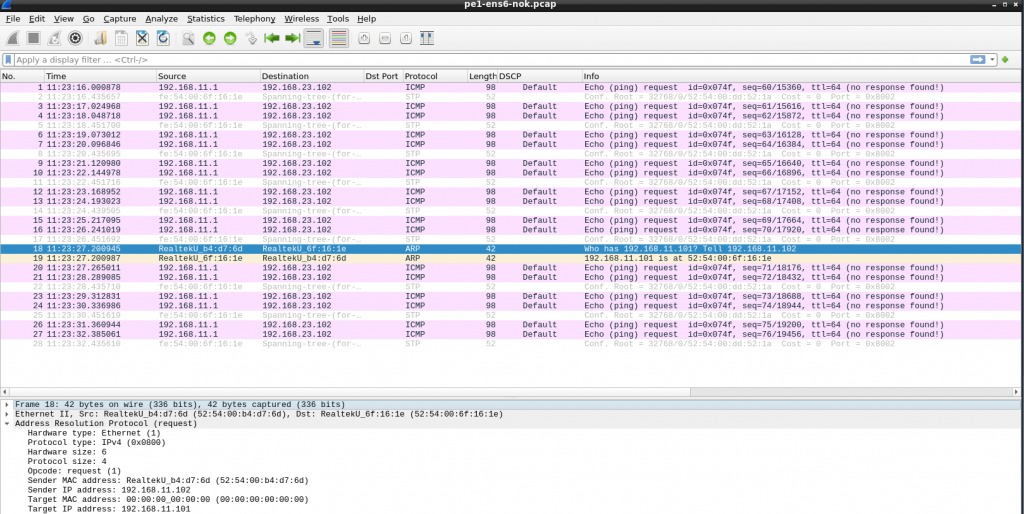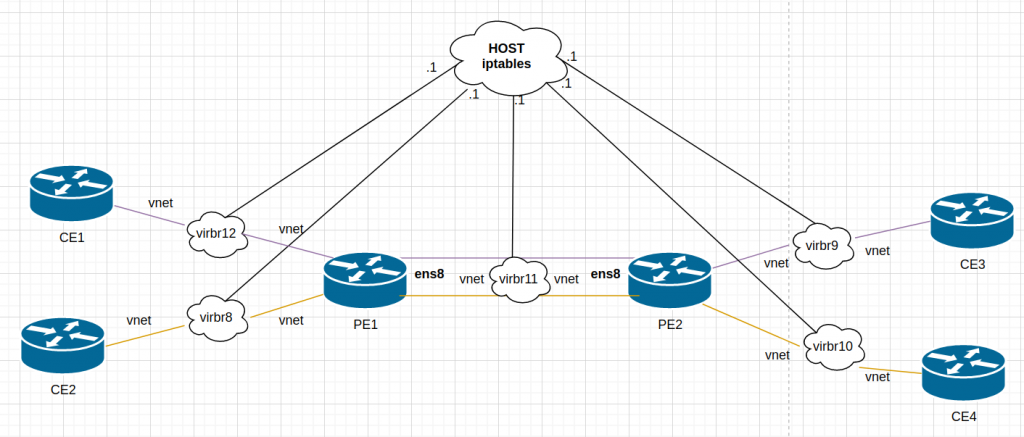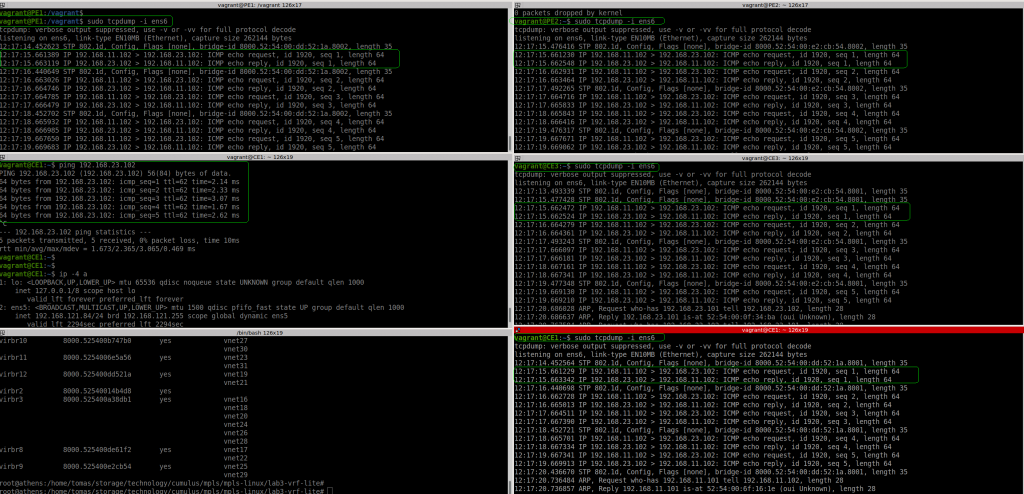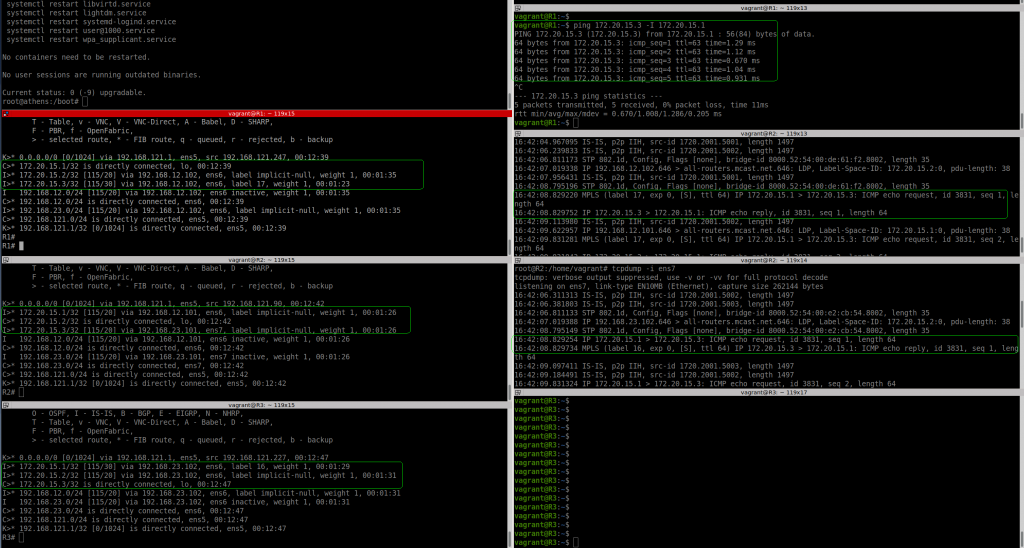I had this book in the pipeline after reading “mindset”. I dont know but some part of me always think that I am going to find my universal solution in a book. The good thing, the other part knows that is not possible. We are happy at the end. My goal is to reach a stable state of “contentment” and resilience enough to weather anything found throw life. Contentment is enjoying (different from pleasure) what I do: working, cooking, reading, sport, etc. In balance. The books explain the search for happiness in our world. How the materialistic approach doesnt work and why and how some people reach it. You need a challenge, effort, instructions, goals, feedback, etc. One quite important thing is the challenge has to be possible with our skills. So we can improve our skills and grow. If it is too much, you may not even try and if you try, you will fell worse. This is very important in the work environment where all of us spent most of our time. How would be your life if you enjoy your work? I have reached a point, that enjoying is the most important point. And yes, money is important, but is not all. It is a balance. But not all is work, so finding meaning outside work is important too. So as the author says, the goal is to have a “flow” life. There is no work-life, family-life. There is just one life. And we need to find the way to enjoy our work (life)
I was quite surprised with the section about “The Waste of Free Time”, just two pages, but hit me hard. How eager we are for having free time but then we dont use it properly. It is mainly for the entertainment industry benefit.
“The future will belong not only to the educated, but to who is educated to use her/his leisure wisely”.
Another section very close to me is “Solitude”. It remind me to a Rafael Santandreu book. In a society/world where everything has to be connected. To be alone, looks like a recipe for disaster. But it doesnt have to be that way. I am in that path. For that I think it is very important to put order in your mind, and avoid “chaos”. Again, it is putting your goals, getting feedback, instructions, etc. It is your meaning.










